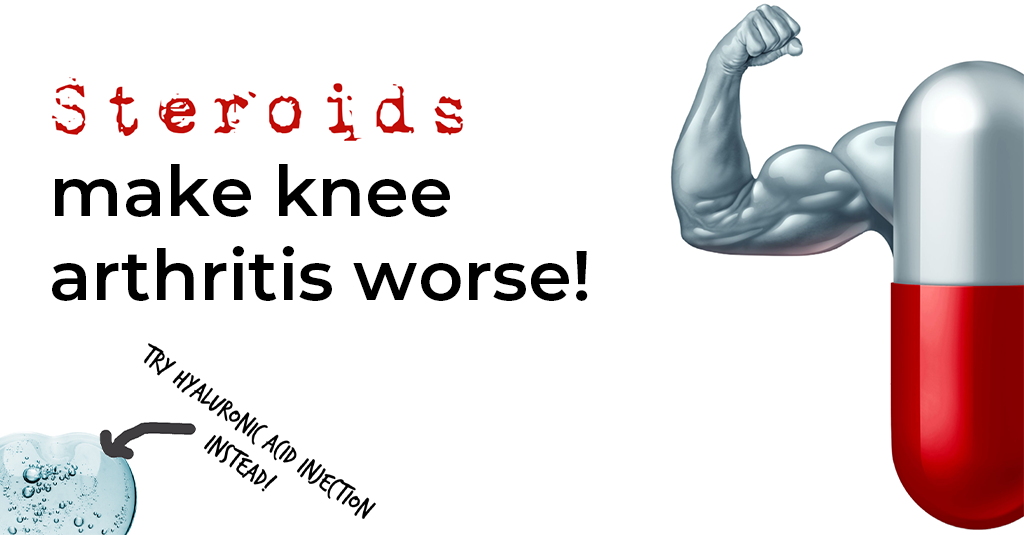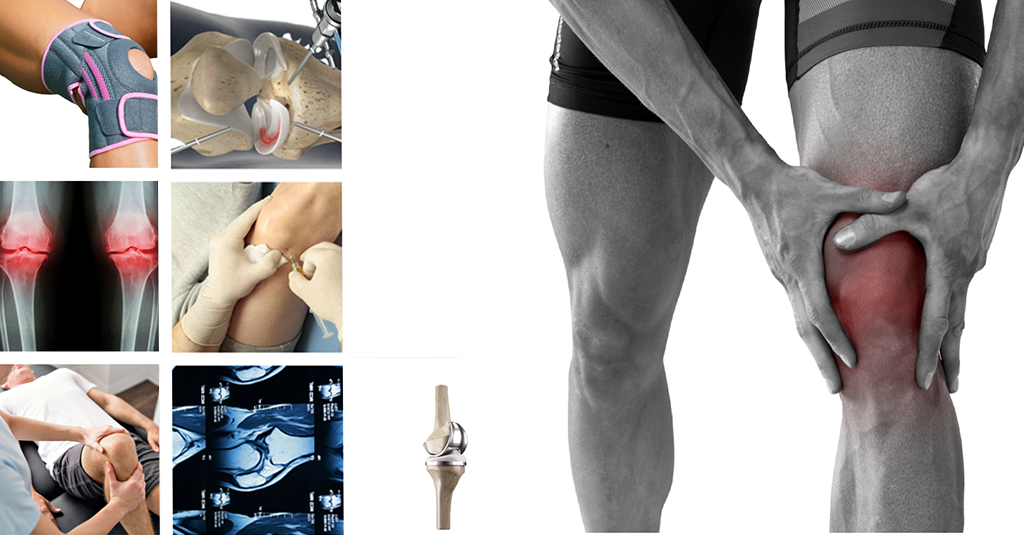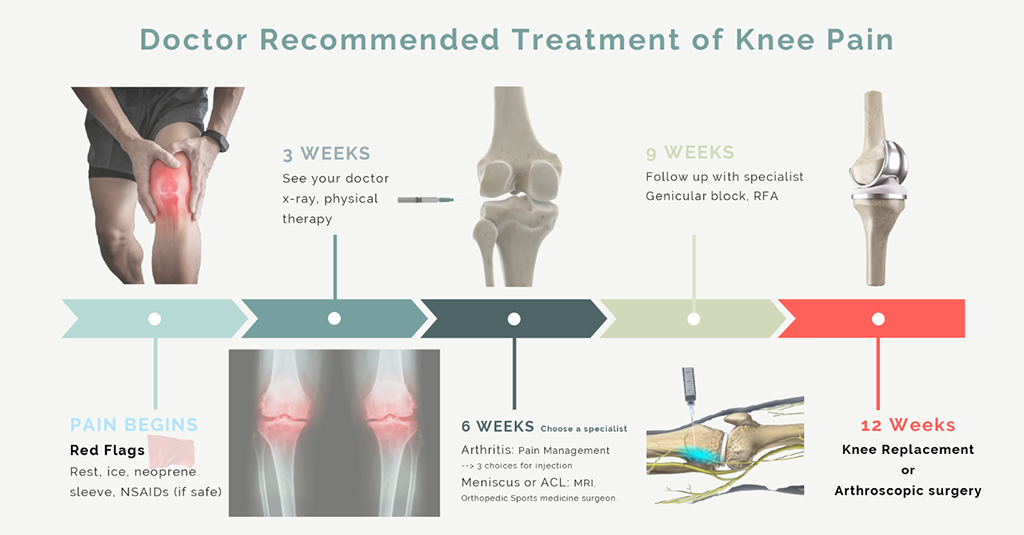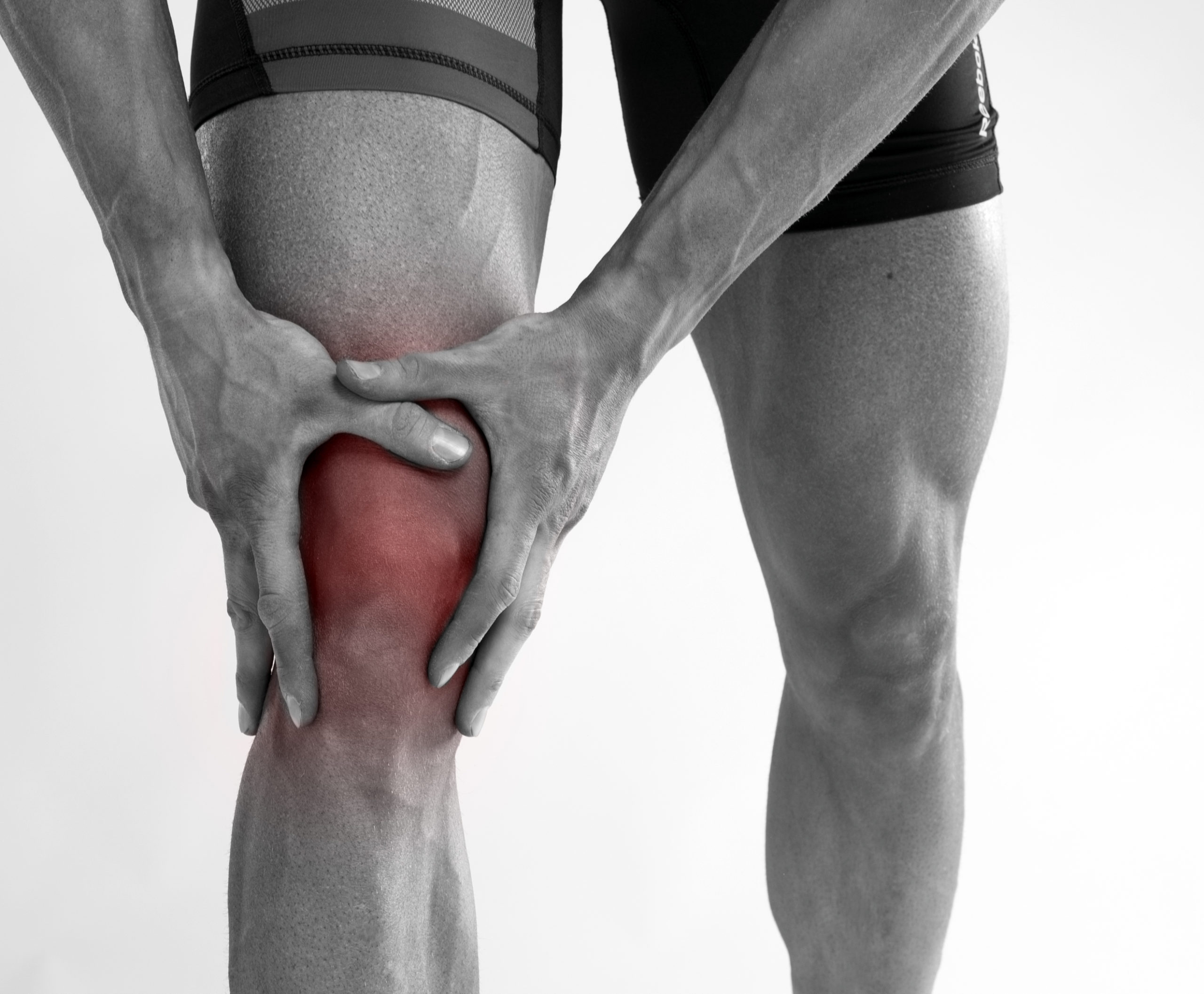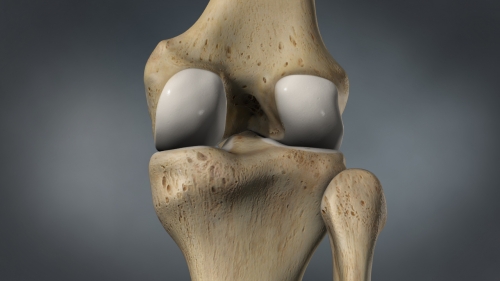Steroid injection reduces knee pain, allowing you to be more active. Wait, what?
Steroid injection reduces knee pain, allowing you to be more active. Wait, what? https://bestpracticehealth.tv/wp-content/uploads/2022/12/steroid_injection_banner.png 1024 535 Best Practice Health TV https://bestpracticehealth.tv/wp-content/uploads/2022/12/steroid_injection_banner.pngArthritis gets worse as the number of cycles of movement…
read more

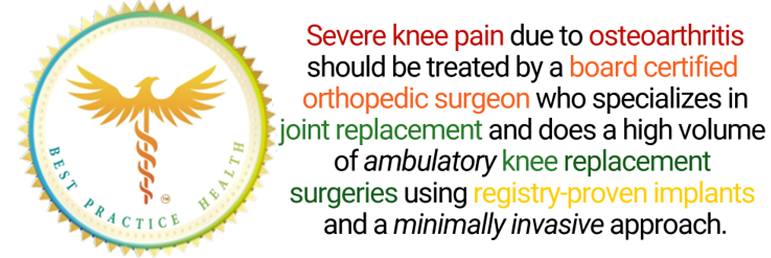


 Subscribe!
Subscribe!